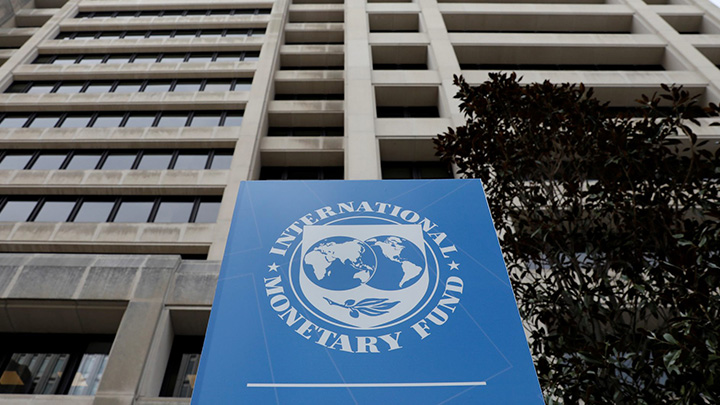Kenya’s banks have already outpaced their yearly lending pledge to micro, small and medium-sized enterprises (MSMEs), issuing Sh153 billion compared with the Sh150 billion target, according to the Kenya Bankers Association (KBA).
The disclosure came at the release of the Nature Positive Financing Assessment Report, which sets out the scale of investment opportunities tied to natural resources.
KBA Chief Executive Officer Raimond Molenje linked the lending milestone with the broader goal of building a resilient green economy.
“From a macro-level perspective, we are doing well in the economy. We promised to support MSMEs with Sh150 billion every year for the next year and I am happy to report that we have surpassed this target to issue out Sh153 billion which I hope will be sustained in the remaining months of the year," Molenje said.
"As we configure our survival and the survival of our day-to-day business operations, we aim to integrate the existing opportunities in the economy with nature finance to sustain this growth as we aim to attain the global target on full biodiversity recovery by 2050."
Read More
The study, conducted by Rebel on behalf of KBA, WWF-Kenya and GIZ, estimates that agriculture, manufacturing, environmental services and water management hold Sh19.4 trillion in potential financing over the coming decade.
It recommends green bonds, blended finance and de-risking instruments such as guarantees to unlock this scale of investment.
Alongside the report, KBA introduced the Centre for Sustainable Finance and Enterprise Development (CSFED), developed with WWF-Kenya, GIZ and IUCN, to help banks create interventions that benefit people, nature and the economy. Molenje said the initiative would also strengthen MSMEs’ access to finance.
“We are committed to supporting the industry in advancing the sustainable finance agenda in the country while also promoting financial inclusion for underserved segments, and enhancing MSMEs’ access to affordable finance,” said Molenje.
WWF-Kenya Chief Executive Officer Mohamed Awer highlighted how closely Kenya’s economy depends on natural wealth.
“Kenya’s prosperity is deeply tied to nature, with nature-based sectors, including agriculture, tourism, forestry, and fisheries, contributing approximately 42 per cent of the country’s GDP," Awer remarked
"This report showcases the intersectional role the financial sector plays in driving a nature-positive economy and how we can close the biodiversity finance gap. Together, we can continue to chart a transformative pathway to economic resilience, climate stability, and inclusive growth for people and the planet.”
Maren Kneller, Head of Development Cooperation at the Embassy of the Federal Republic of Germany, pointed to the revenue models reviewed in the study.
“Focusing on four key NbS revenue models – ecotourism, agroforestry, forest carbon projects, and sustainable timber – the report assesses their maturity, maps key players, analyzes the regulatory and policy environment, and investigates market dynamics. It identifies hurdles in policy, capacity, and infrastructure, while outlining the important strides made to support the development and formalization of these NbS revenue models and the abundant resource potential in Kenya. The report is aimed at financial institutions seeking to access these markets and has been developed under Finance for Nature, a collaboration between Triodos Investment Management and GIZ, funded by the German Federal Ministry for Economic Cooperation and Development (BMZ) through its programme develoPPP. The report will be published on September 12.”
The report also quantifies sector-specific needs: agriculture could demand Sh2 billion in two years, wildlife conservation between Sh50 million and Sh1 billion depending on timeframe, and manufacturing as much as Sh30 billion in the long term.
By surpassing their lending pledge and unveiling Sh19.4 trillion in nature-related prospects, banks under KBA are positioning finance as a key lever for both enterprise growth and environmental protection.






-1757663582.jpeg)
